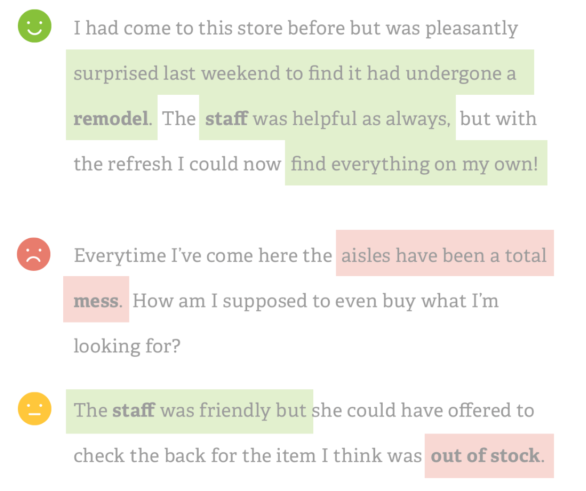Having strategies in place to be able to effectively manage and reduce call center call volume and wait times for customers is key to ensuring customer satisfaction (CSAT) and agent retention.
The problem is, keeping up with call volume is getting harder these days, with the call center under pressure due to the pandemic upending both the nature of work and how consumers interact with brands.
While more companies than ever are relying on remote customer service teams and have embraced ways to help remote customer services teams thrive, still others are struggling with handling incoming calls and customer inquiries due to staff shortages. One call center company with global operations estimated that there are around 25% fewer agents answering phones than before the pandemic due to employee turnover and insufficient resources for people working from home, according to reporting from the Los Angeles Times.
This when contact centers have also reported increases in call volumes, hold times, difficult calls, and escalations.
For teams under pressure to manage and reduce call center volume and wait times for customers, here are four effective strategies that can help.
4 Tips for Handling and Reducing High Call Center Call Volume
#1: Open up more support channels
Deloitte reports that one strategy brands have adopted to keep up with the increasing customer service demands during the pandemic is shifting resources to channels like messaging, which allows agents to manage multiple interactions at the same time.
It’s no surprise then that the adoption of web chat options—including those powered by humans and AI—jumped by an increase of 500% after the start of the pandemic.
#2: Invest in self-service options
Digital self-service options like FAQs, video tutorials, customer support documentation and articles, customer support forums, and other digital content can help customers find the answers they’re looking for on their own, reducing call center call volume and associated costs.
One Medallia client in the financial services sector found that increasing digital visits among customers by as little as 2 to 5% could help the organization save up to $1 million.
#3: Offer a call-back option for customers waiting on hold
While the average customer reports being willing to wait on hold for about six minutes, the reality is that average wait times are generally much longer than this—clocking in at around just under 17 and a half minutes, or three times the ideal wait, according to the Los Angeles Times.
Long wait times like these can directly impact customer satisfaction, which in turn can hurt other business outcomes like customer lifetime value and sales. In fact, timely customer service resolution is one of the top factors that impact CSAT scores.
Giving a call-back option for customers helps avoid time wasted on hold and gives customers more control over what may otherwise be a stressful experience.
#4: Address the root cause of issues driving up customer calls
Uncovering the reasons why customers are calling in the first place—and getting to the bottom of solving these problems—can help improve customer satisfaction, minimize calls related to these issues, and save agents from burnout.
Take the case of travel giant Expedia. The brand was fielding 20 million calls per year in 2012, adding up to $100 million in costs. By figuring out the #1 reason behind customer calls—customers couldn’t access their travel itineraries online—the company was able to reduce the percentage of customers calling in for support from 58% to 15%, according to Medallia’s “Contact Center and Digital, Better Together” eBook.

But determining top drivers of calls at scale can be a challenge. That’s where real-time customer feedback and sentiment analysis capabilities powered by AI can help brands quickly pinpoint the biggest opportunities for improvement and the most pressing issues fueling inquiries and prioritize implementing solutions to address these underlying issues ASAP, without all of the typical manual work involved in categorizing and analyzing feedback.
Understand the Why Behind Your Customer Calls
Customer sentiment analysis is crucial to understanding how customers really feel about your company, customer service team, products, and services and why customers are calling in the first place. That’s why Medallia Agent Connect has launched a new customer feedback and text analytics solution to help organizations get the full picture of customer sentiment and top customer service pain points in real time.
Ready to ignite agent performance? Check out Medallia’s guide, 4 Steps to Supercharge Contact Center Agent Performance, to learn how leading contact centers are putting the right systems and processes in place to achieve success.








